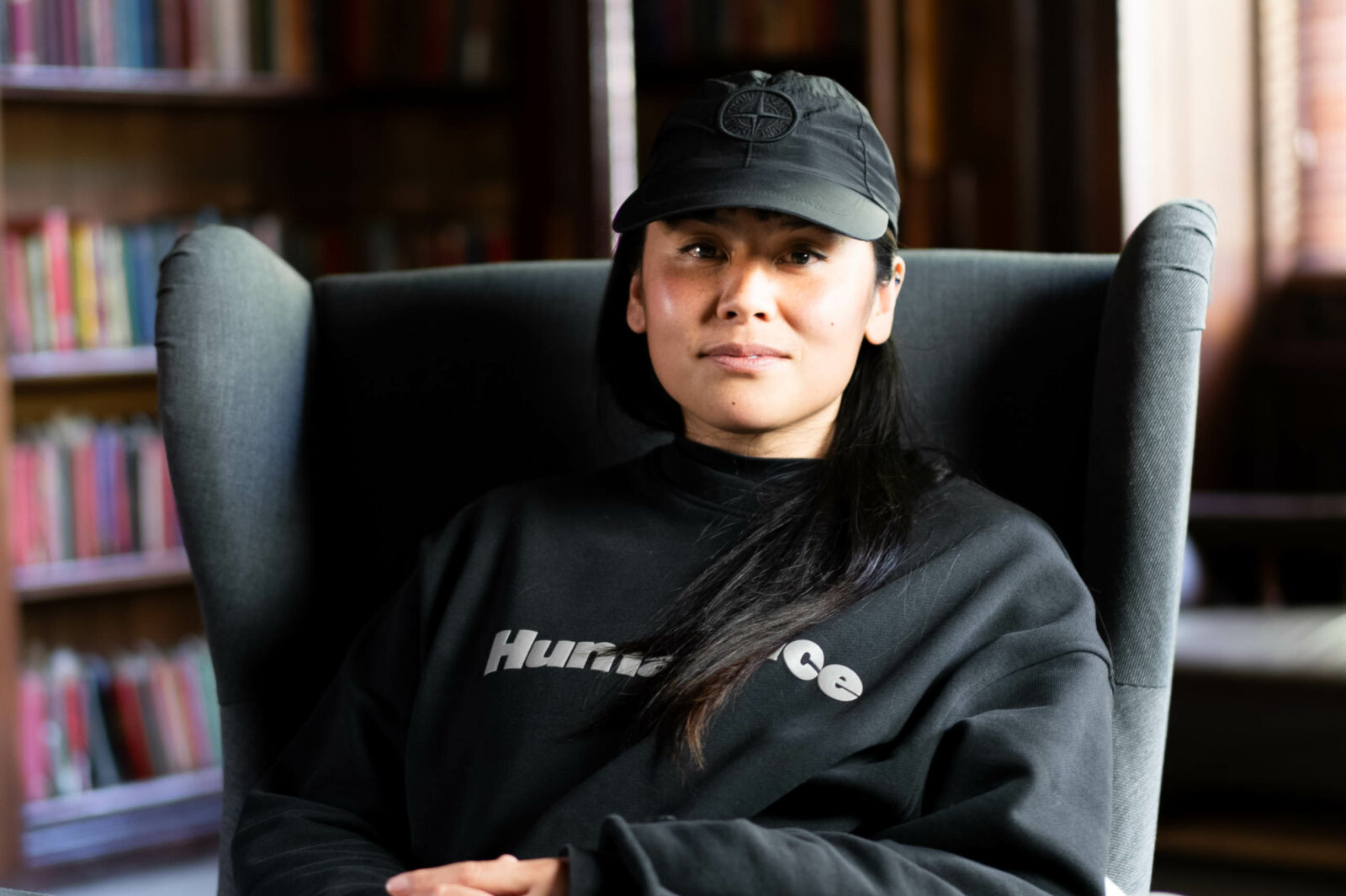Your cart is empty.


Your cart is empty.
Festival City Stories 09 Jul 2024

Truc Truong came to be the festival designer for OzAsia Festival through her background as an artist.
“For 14 years, there was always a white Australian who designed for the festival, and that necessarily – it wasn’t a bad thing, but it was usually something very stereotypical – lanterns, pandas, some kind of lotus flower.”
She asks “where is that flower even from, or where is that lantern from, or what’s its history or what’s its story and why is it important? I don’t think anyone could necessarily answer that.”
OzAsia has been held in South Australia since 2007 but it was only in 2020 that the festival had its first Asian Australian director: Annette Shun Wah.
Truong says, “Annette decided to choose an Asian Australian artist, because there were plenty of those but no Asian Australian festival designer, to mentor me into the role of understanding what it means to design for a festival.”
Truong’s own arts practice grew from taking an elective in Ceramics while she was studying Education. After being diagnosed with depression and anxiety, she found art was “a really big escape for me… I was in the studio for 12 hours without even realising it.”
“When the elective finished, I stressed out about not being able to physically and mentally make art and think about art. Within a few weeks I decided to move over to contemporary art.”
Discussing her practice now, she says it “involves a lot of research into the psyche of what it’s like for second generation Vietnamese Australians and their experience just like on stolen land.”
In conceptualising the design for the 2022 OzAsia Festival, Truong was influenced by the story The Cowherd and the Weaver Girl.
“For me, the story was about the birds and how they create this bridge and they create a magical pathway for people to connect. And what was really important for me to work on this job was to value the community that doesn’t really have access to the festival.”
“I find festivals and theatre and art is usually quite elite. It’s quite prestigious and it’s a very privileged area. And I said, ‘No, I don’t go. My family don’t go. My friends don’t go.’ And it’s not usually for a lot of Asians and migrants. We don’t really have the opportunity and time to really explore the arts the way other communities get to.”
Truong decided that to foster change, she would work with schools with large migrant populations “so that they have access to the arts, so that they feel valuable and they can learn about just what it does and the areas that we have in Adelaide.”
Using her skills as an artist, Truong showed children how to make kirigami. “We worked with over 1000 students so we collected over 1000 of these paper birds that we put throughout Dunstan Playhouse foyer as well as Her Majesty’s Theatre.”
“We taught them a few skills, but it was more about allowing them to feel like they had the power to walk into the Adelaide Festival Centre because their bird actually was there.
So they could say, ‘Mum, Dad, I’m actually allowed to go in here. This is my bird. I made this happen.’
Because I know the Adelaide Festival Centre for me, it was always a really intimidating space. For me, it was about cultural exchange and giving power to communities that wouldn’t necessarily have the confidence to walk into a place like that and kind of contribute to the arts.”
Truong says there is work that needs to be done in the festival space.
Improvement needs to happen, she says, “when it comes to championing people of colour.
I think it comes down to leadership roles and access to the arts. I think right now the arts is just such a privileged space and there’s just not enough engagement with real communities and the people that are actually working here and living here.”
Truong sees the power of the next generation of artists: “There’s a next generation coming up, that’s rising, that’s very intelligent, that’s very creative, and if we don’t really engage with that community I think we’ll lose a lot of our festivals.”
_________________________________________________________________________________________
This article is part of the Festival City Stories series, a collection of reflections about Adelaide made by the people who make this a festival place. The project was funded through the Department of Premier and Cabinet, Arts South Australia, Arts Recovery Fund, and delivered in partnership with the State Library of South Australia.
Written by: Katerina Bryant
Photography by: Alex Van de Loo
With so much going on in Adelaide, how will you ever keep up? Make sure to never miss a festival beat and sign up to receive the latest about Festival City Adelaide directly to your inbox.